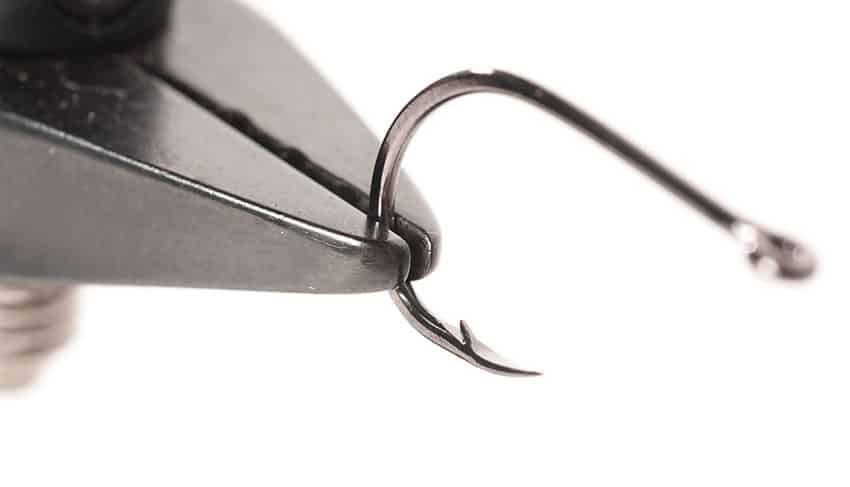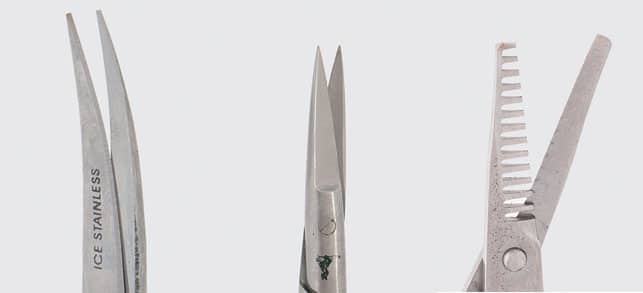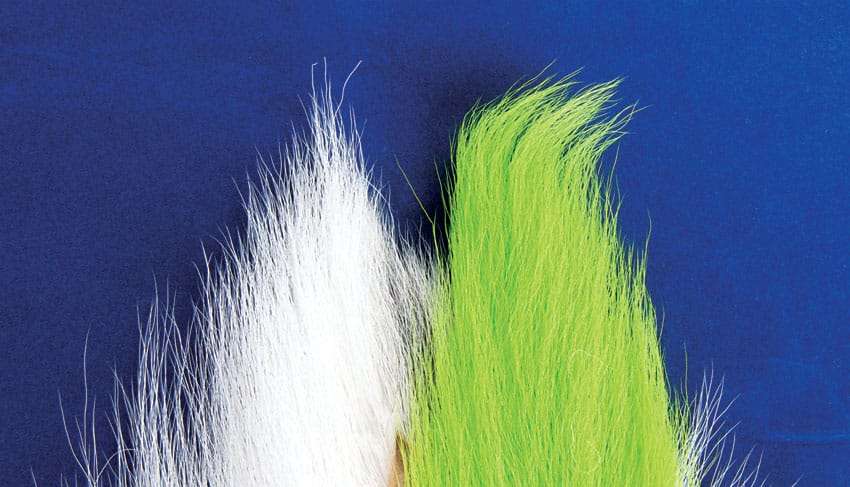
When anglers come down with fly-fishing fever, the desire to tie their own flies naturally follows. Luckily, the vast array of vises, tools and materials available today permits tiers to create patterns with their own personal stamp. While the best results require a thorough understanding of these components, taking the time to learn allows even neophyte tiers to create effective and eye-pleasing flies.
Ultimate Vise Functions
After selecting a vise, tiers should really take the time to read the parts schematic. Becoming aware of all the bells and whistles of your vise will give you the knowledge to apply every helpful feature. Vise booklets depict all threaded and moving parts and request that owners keep them properly lubricated. The correct amount of tension to keep these parts set at is also clearly defined, not only to maximize tying efficiency but to preserve the integrity of the components. And the information concerning the jaws of a vise is vital. Properly and consistently positioning hooks in the jaws’ “power alley” ensures that hooks won’t slip during the tying process and prevents jaw damage. At times, even experienced tiers fail to seat hooks properly, which results in their having to reposition half-finished flies. To further maximize hook holding power and jaw integrity, apply the adjustment intended for various-size hooks. The adjustment will change slightly from vise to vise, so it’s important to keep the proper setting for yours in mind. Becoming well versed in every aspect of your vise will give you a distinct tying advantage.
The Best Tools
Using the finest tools and expanding your selection will boost your ability to create the most productive flies. For instance, consider the Frank Matarelli whip-finisher, constructed to last a lifetime. Well-crafted, the tool creates perfectly shaped and smooth fly heads with little effort. A pair of tungsten-carbide scissors are smooth to operate, and the fine points allow precision cuts. Sure, this device costs a bit more than drugstore scissors, but it will last considerably longer and always give you clean cuts. Expanding your range of quality scissors for different applications provides tying ease. The Anvil Super Taperizer makes it easy to create a picture-perfect head on a big synthetic bunker or pilchard streamer. A Fiskars curved set of blades gets wool heads trimmed down to the distinct shape of a mullet.
This strategy of obtaining the best-constructed instruments while creating a depth of inventory applies to every tool relevant to saltwater tying, such as bobbins, hackle pliers and hair stackers. As you become more experienced as a tier, you will be able to take an unfamiliar tool, quickly learn its function and immediately improve your tying skills.
Be sure to extend this philosophy of using the best-quality tying accessories to hook selection. With all the stainless-steel hooks available, making the wrong choice for certain flies is possible. Skimping and choosing cheap or wrong-style hooks will only produce headaches.
**
Highest-Quality Materials**
When you purchase synthetic materials, the product will almost always be in pristine shape. You can request Ultra Hair, EP Fibers, Flashabou, Angel Hair, Krystal flash, craft fur, Fish Hair, etc., sight unseen and know exactly what you will get. When you purchase natural materials, though, sometimes a noticeable spread in quality is apparent. A go-to for most tiers is bucktail. The naturally tapered fibers are a decent length but can obviously be cut short, which makes the material extremely versatile. However, bucktails are not created equal. Some tails have fine and straight desirable hairs, while others have thick, crinkly strands that can be cumbersome to tie with. Top-notch white bucktails are fairly common, yet finding quality dyed bucktail can be challenging. Passing up on a subpar tail in a color you need may be difficult, but you will be rewarded if you put in the time to find a good one.
Any experienced tier will harp on the importance of using natural materials of the best caliber possible. Doing so allows you to focus on the tying and not the management of uncooperative hairs and feathers. And flies constructed with the finest materials are much better looking, which gives anglers more confidence when fishing them.
Time Management
I’ve heard tiers remark that they won’t tie a fly unless they can tie it in five minutes. Though the thinking here may be about selecting a pattern that isn’t complex, it’s important to remember that fly tying isn’t a pursuit governed by the ticking of a clock. Taking your time always yields the best results. Once you have the highest-quality components assembled to tie time-tested or original patterns, each step should be completed carefully, without rushing. This helps even the most advanced tiers avoid mistakes such as crowding the eye of a fly, creating an unsightly head, getting head cement in the fly eye, breaking a hackle while palmering, having materials slide, breaking thread, etc. There are few rewards greater than fooling a fish with a fly you created. It is easier and not as time-consuming to buy all of your flies, but learning to create common patterns and ones of your own definitely has advantages. And crafting the best and most effective flies you can requires utilizing all of the features of your vise and using the best tools and materials you can get your hands on.


Cutting Edge
As your tying progresses, try matching blades to specific tasks.
CURVED TIP: The arch on these scissors helps tiers shape heads.
COMBED: Blades like this reduce the density of material.
STANDARD: Straight, pointed scissors will handle most of your cuts.










